Find yourself considering a holiday in Munnar, Kerala? Wondering what your children can do there? Here’s a quick list of the Top Ten for Children in Munnar.
- Tea Gardens
As you drive through Munnar, you cannot but notice the sprawling tea gardens all around you. While your children may not drink tea or be particularly interested in it, there are many things they can learn and see at a tea estate.

Tea plantations in India have a fascinating history. If your child is young, you can tell them some of these curious legends about how tea began. If your child is slightly older, don’t miss narrating to them the violent and bloody history of tea. (For legends and stories about tea, click here).
If you enjoy your cup of tea, you will also find it interesting to step out and wander about the tea gardens. Watch and observe with your children as you take a stroll.
Notice how all those plucking tea are women? Notice how tea gardens are always situated on hills slopes? Notice how they pluck the tea leaves in a specific way?
(To discover answers to these questions and more tea snippets, click here)
There are plenty of things you can notice and share with your children at the tea gardens. To give your children answers to these questions and more, click here and here.
And while you’re there, don’t forget to try your hand at some tea-plucking!
2. Tea Factory
An adult might not particularly fancy a visit to a factory. But to a child, factory visits can be very exciting. They love seeing large machinery and its moving parts.
They enjoy listening to the whirring and whooshing sounds. And honestly, there is much a child can learn in a factory.
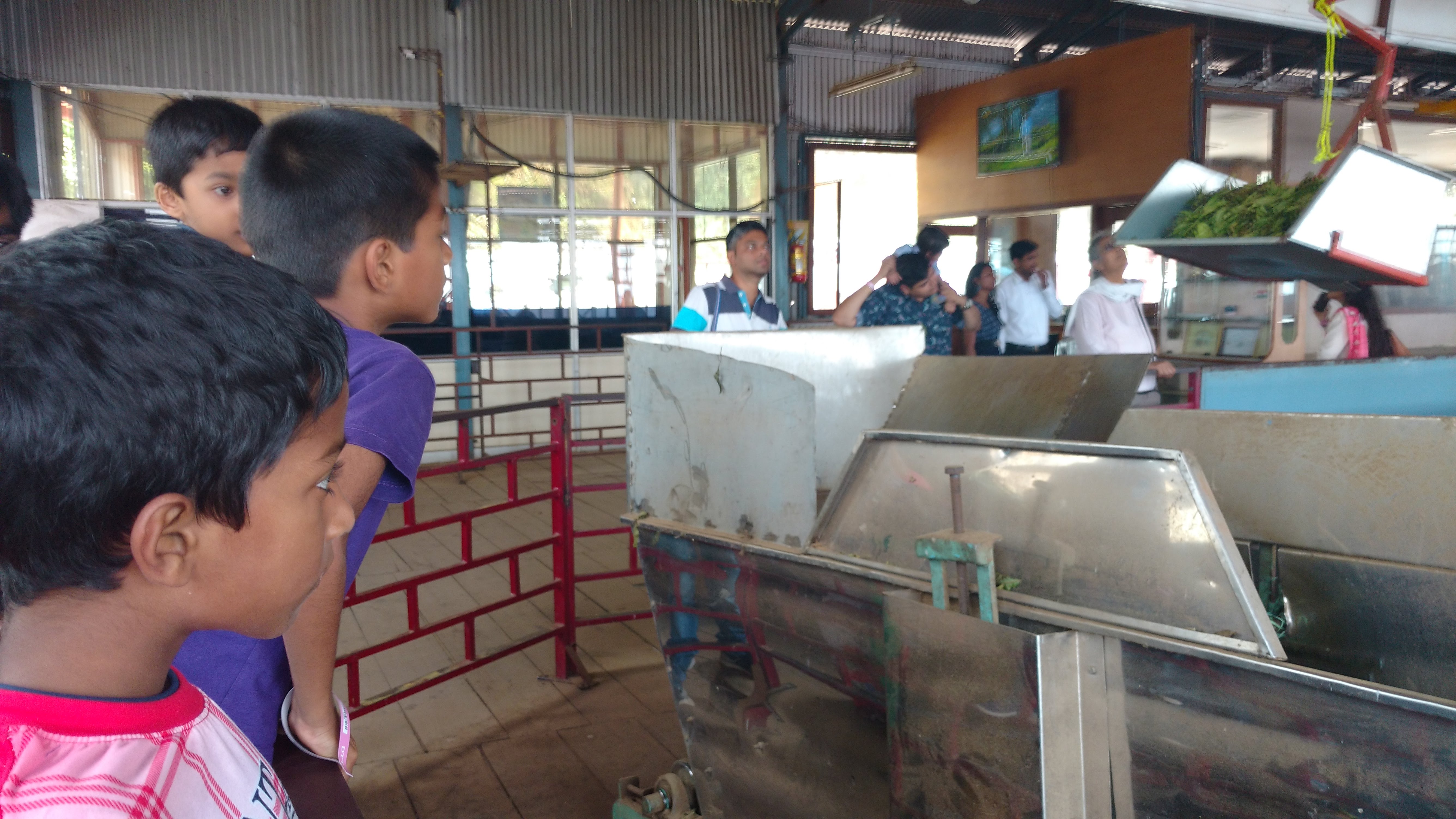
Tea is required to be processed within 24 hours of its leaves being plucked. Hence every tea estate, whether Munnar or Ooty, Darjeeling or Assam, would have its factory situated within the estate.
Many of these permit tours and encourage visitors to walk around and take a look at the process and machinery. I visited the Lockhart Tea Factory with my children in Munnar and they had an interesting time watching and learning.
For more on making the most of a visit to the tea factory, click here.
3. Boating at Metupaty Dam
Every Hill Station has a lake where one can go boating. Munnar is no exception. The lake caused by the Metupaty Dam is a popular spot for boating with some lovely views.
You have the option of speed-boats, paddle boats and row-boats. So you can pick one depending on your child’s age and comfort.
The place is crowded. If you wish to avoid the crowds, get there early.
4. Eravikulam National Park and Annamudi Peak
Slightly north of Munnar, the Eravikulam National Park is famous for being the location where the Neelakurinji blooms once in 12 years. It is this flower that gives the Nilgiri Mountains its name (Nila = Blue; Giri = Mountain).
The last flowering took place in 2006 and the current one is due between August and October 2018. When these flowers bloom, the entire hill is covered in a carpet of blue-purple and is a sight to behold.
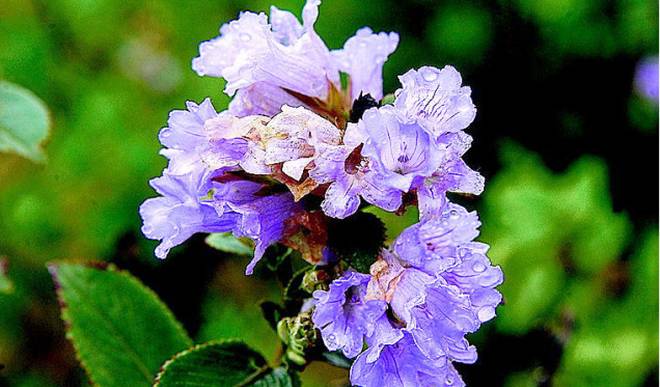
Even when the Neelakurinji is not blooming, the National Park might be worth a visit to stand and gaze upon the wilderness from South India’s highest peak – the Anamudi Peak (2695 metres ASL), which is located within the park.
Another point of attraction in the park is the unique Nilgiri tahr, a highly endangered mountain goat that can only be found here.
The other flora and fauna of the park is equally interesting. You can spot orchids and balsams, leopards and bisons amongst its wildlife.
To find out more about the Neelakurinji and the fascinating cycle of mass flowering, click here.
5. Kathakali Performance
Almost every tourist town in Kerala would have a cultural centre to showcase its art forms to the tourists. While the artists who perform here would not be the most talented in their field, they nevertheless do a great job of introducing the audience to the art.

Kathakali is one of the Eight Classical Dance Forms of India and its roots are in Kerala.
It is quite fascinating to see and children in particular, are amazed with the elaborate dress, make up, face masks and expressions of a kathakali dancer.
A Kathakali dancer performs stories drawn from mythology, the word deriving from katha meaning story and kali meaning art (kala).
If you are able to find someone to explain the story that is being performed by the artist, that would add to the over-all experience.
6. Kalaripayattu Show
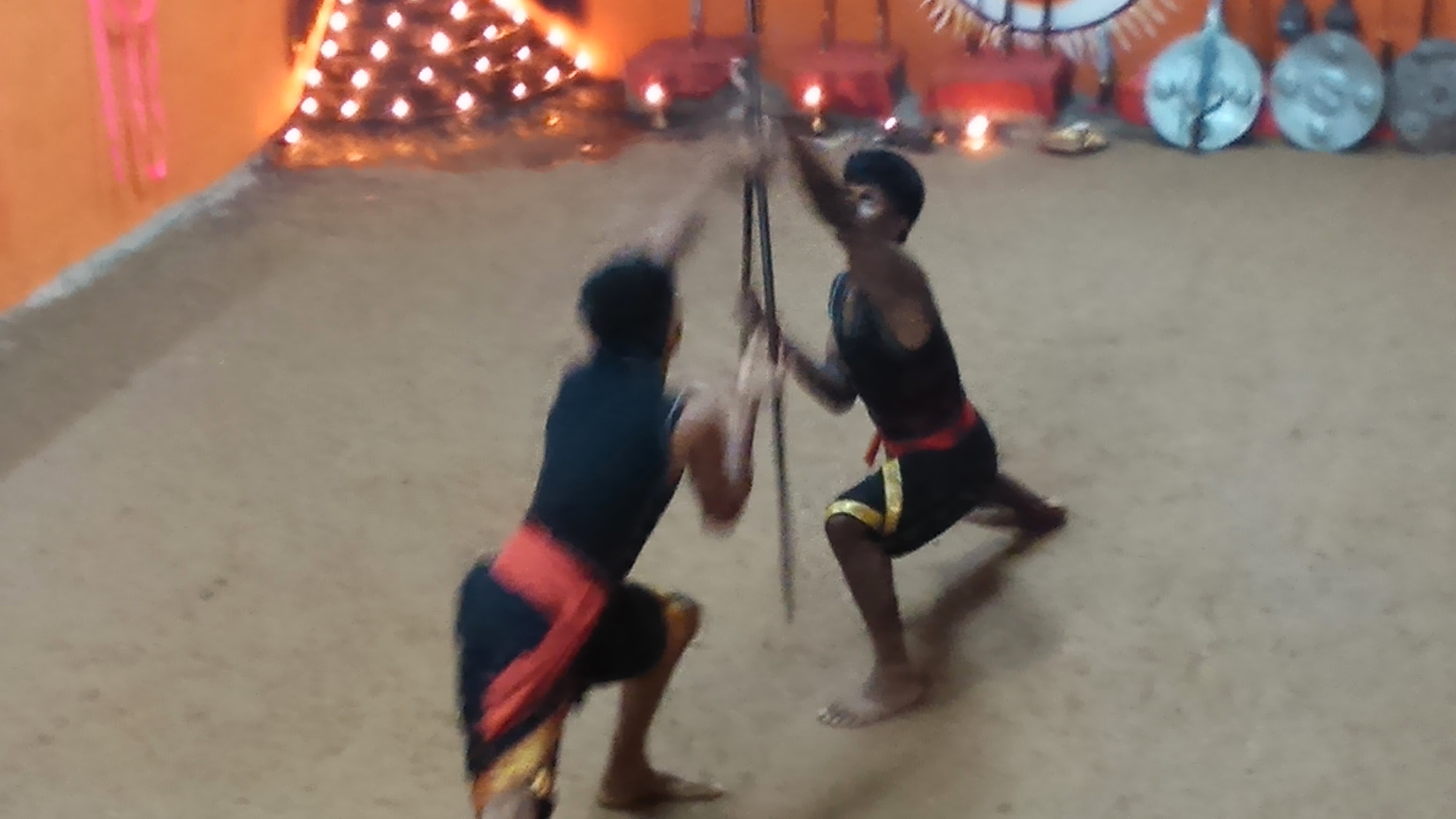
Kalaripayattu is another art form of Kerala, which is hailed as the mother of all martial arts, including Kung-Fu.
Kalaripayattu involves swift movements and brisk strokes with sticks, lances and swords. The practitioners are surprisingly flexible and the martial art is indeed fascinating to watch.
When you are in Munnar, find out about performances and make sure to take your child for one.
7. Carmelagiri Elephant Park
The elephant is a child’s most favourite animal and Kerala is the land of elephants. So if you’re in Kerala, don’t miss to give your child a chance to see and get close to this fascinating creature.
The most popular place for Elephant rides around Munnar is the Carmelagiri Elephant Park. But if you plan to go there, here is some heads-up.
- The Park is not for you if you are an animal lover. Tied elephants made to forcibly take tourists around their backs is not exactly the best way for children to get to know these wonderful creatures.
- The Park gets crowded in the day, particularly during peak season. If you wish to go, make sure you find a way to beat the rush.
- The ride is expensive and lasts only for about 20 minutes. Find out about latest rates before you go.
- You/your child can feed the elephants if you wish and you can get to pat and touch them. But don’t expect a great chance to interact with the creatures.

The elephants don’t look very happy at the Carmelgiri Elephant Park but children sure enjoy an elephant ride
This wouldn’t be on my to-do-list simply because we didn’t feel too good about the condition of the elephants after our visit. But my children enjoyed it and I know many children would. So, if go you must, keep the above in mind.
8. Birding
If your child enjoys birding, Munnar is a great site for bird-watching. Even if you haven’t taken your child out birding, this is a great place to start.
Here is where you will hear the sonourous Malabar Thrush and this is where you might spot a dozen minivets. Even if you are not into birding, you will delight in an early morning walk in the hills and you and your child can listen to their beautiful calls in the woods.
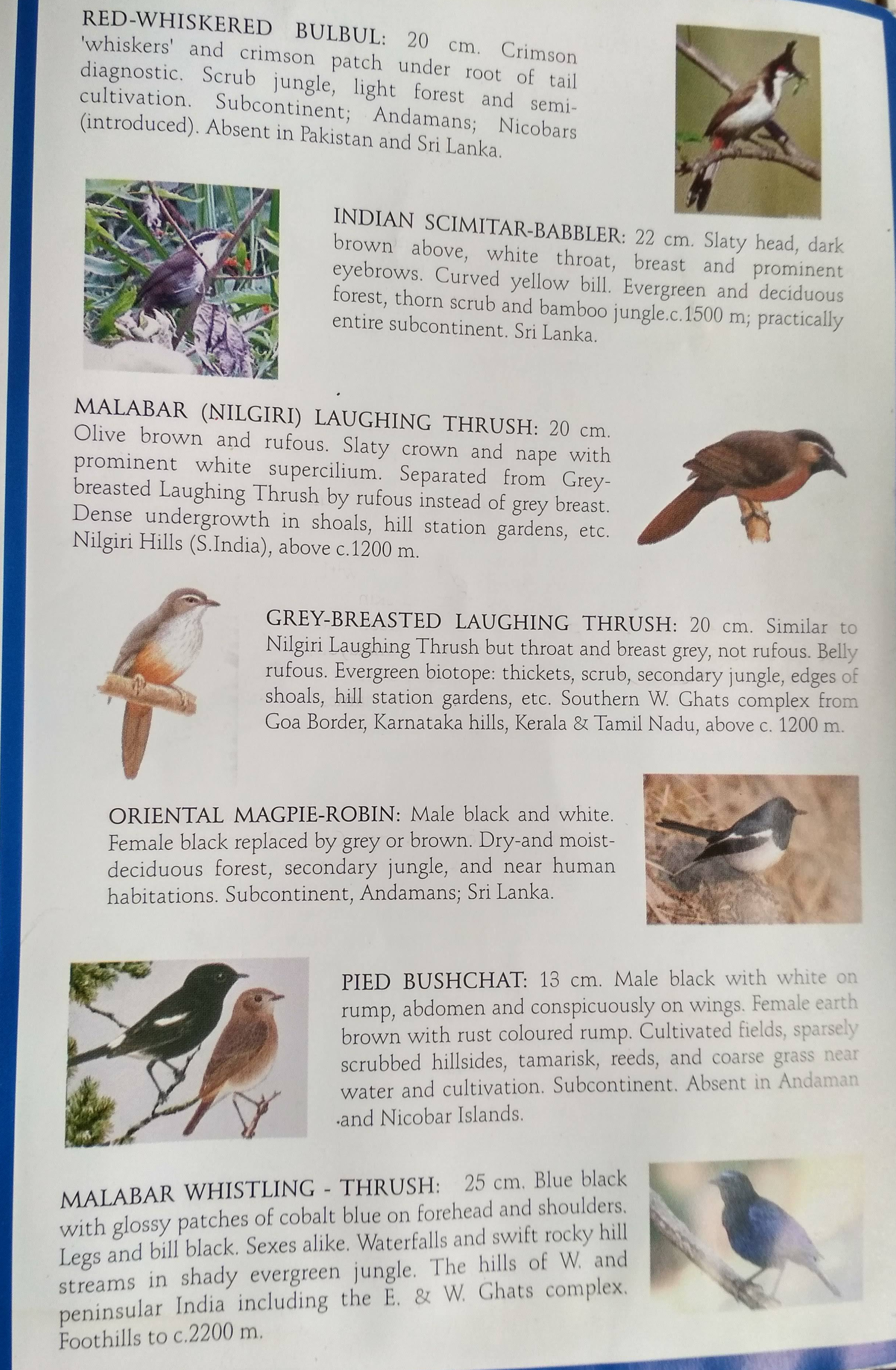
If Birding is not up your alley, but you want to get your child started with it, Subscribe to the site and I’ll keep you posted with birding tips from a bird-watching expert.
9. Spice Gardens
The Story of India is the story of her spices. Believe it or not, the history of India would have been very, very different had it not been for spices!
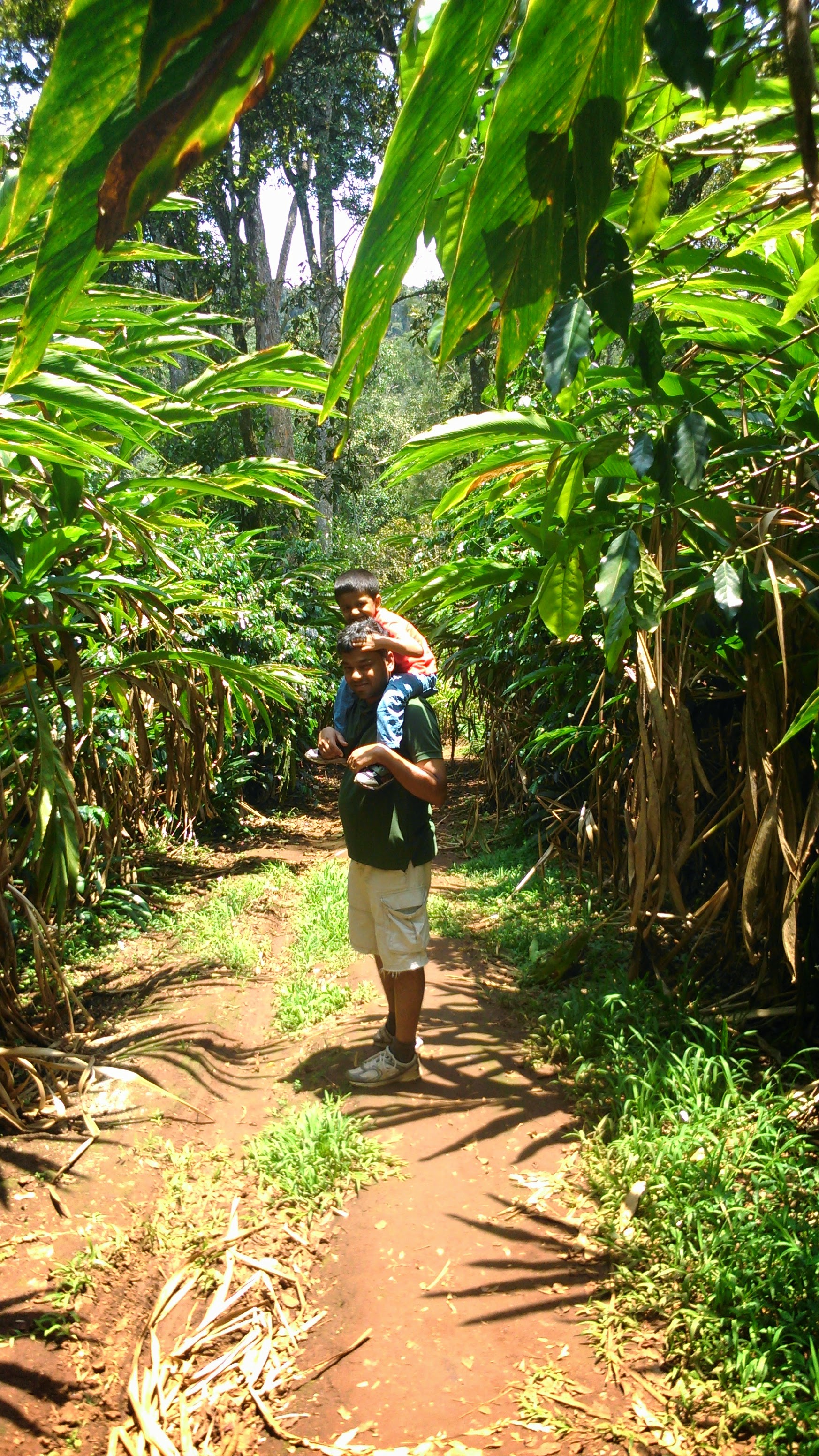
And Kerala is the cradle of Indian spices. It is her famous pepper that lured the Portuguese and then the Dutch and then the English to the Indian shores beginning the era of colonisation. When Vasco da Gama landed in Kerala in 1498, a new chapter began in world history. And this beginning was spurred by spices.
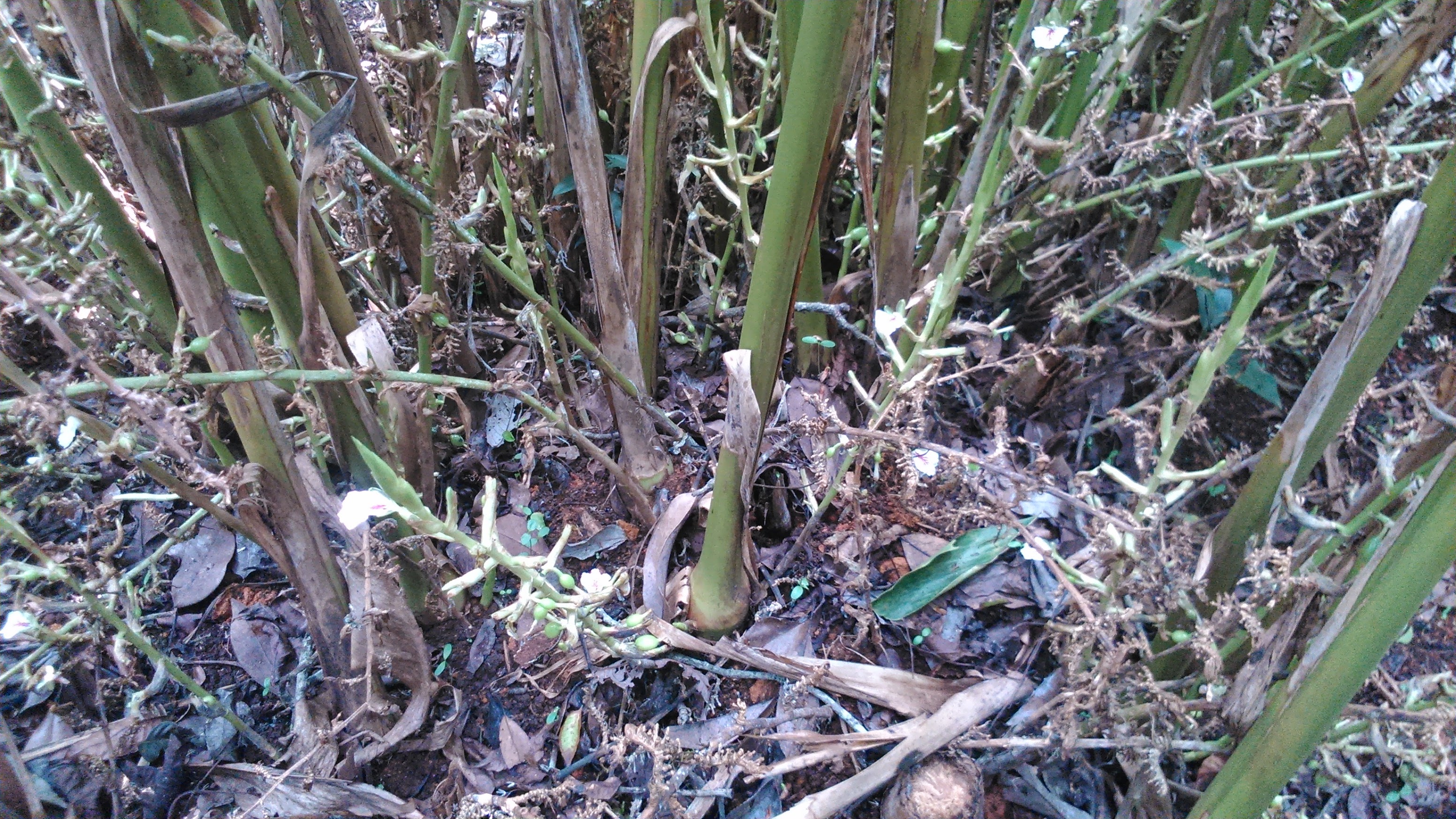
You will find, several spice Gardens around and a visit to these gardens is also interesting to show children how some of these herbs and spices grow. Ginger and Cardamom and Cinnamon and Cloves – you can see how they grow and also buy some here too.
If your child is older you can also introduce them to how spices changed Indian history. (For more on that, click here)
10. Spice Market
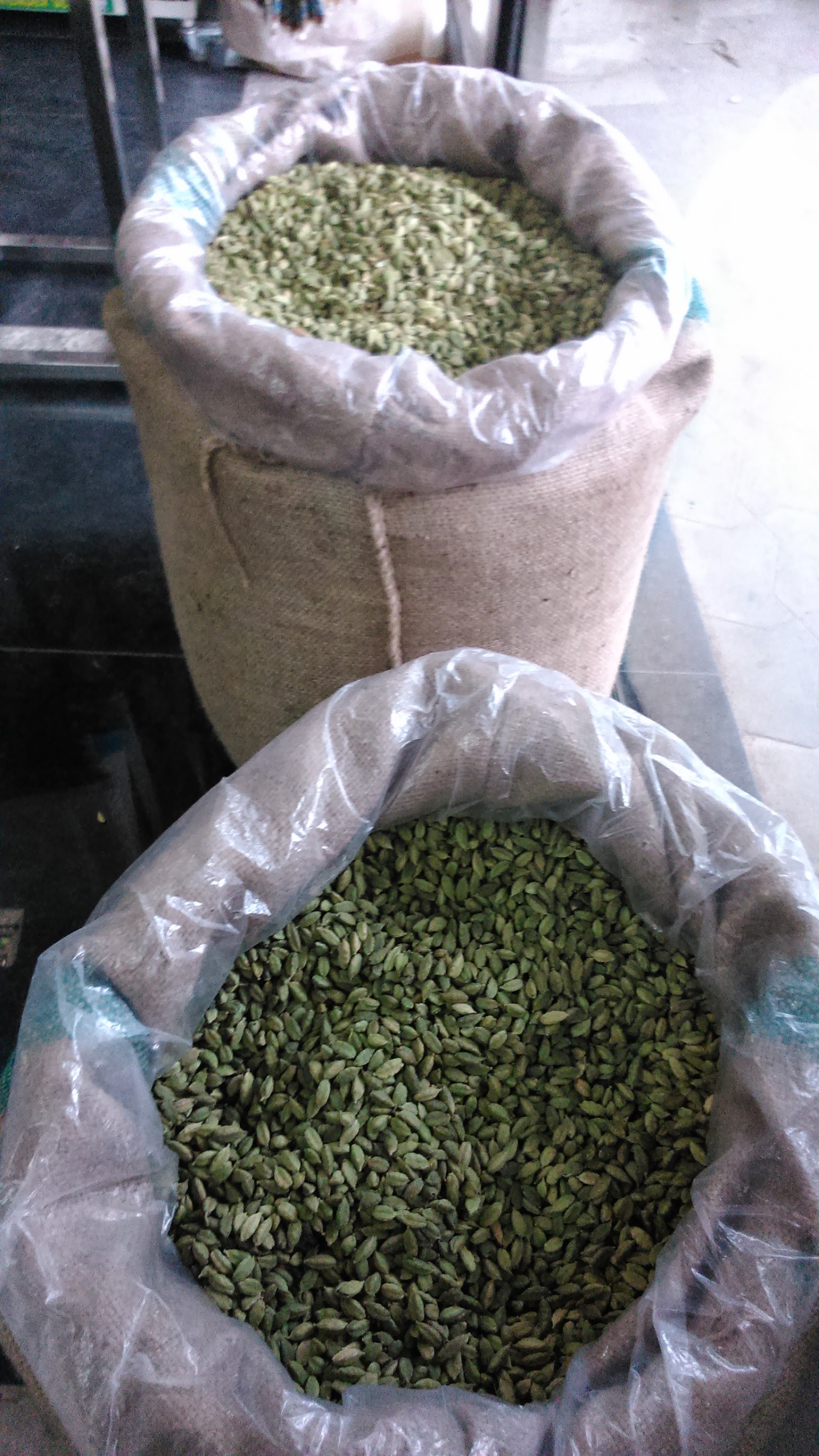
The fascinating history of colonization begins with Indian spices.
As you walk through the spice markets in Munnar town past bags full of peppercorn and sacks full of cardomom, you can inhale the aroma and introduce your child to the lure of spices that brought the Europeans half way around the globe in search of India.
Spice traders have a very interesting way of trading.
Within the godowns, merchants meet. The buyer and the seller shake hands and throw a towel over their hands. Through hand signals they communicate the price to one another. With the towel thrown over the hands, nobody else can see the rate at which the price is fixed.
Of course retail sale does not happen this way! But ask the merchants about these secret codes and language. You might discover something fascinating.
Want to read more about How Spices Changed World History? Click here.
And while you’re out there in the market, getting some spices, don’t forget to pack some banana chips fried in coconut oil. The oil adds a distinct flavour to the chips and the fresh crisp wafers also make for a great gift to take back for others. You will find some shops by the roadside frying them fresh and packing them for you. That is a treat you cannot miss!
Arwa Vadgamwala
February 24, 2020 - 1:18 pm ·I like the way you write .. plain simple yet so interesting and full of information and exciting snippets. Keep up the good work.
mallikaravikumar
February 25, 2020 - 5:20 pm ·Thank you so much for writing in Arwa! It’s feedback like this that keeps the energy going. Thank you. Glad you found the site useful and interesting 🙂